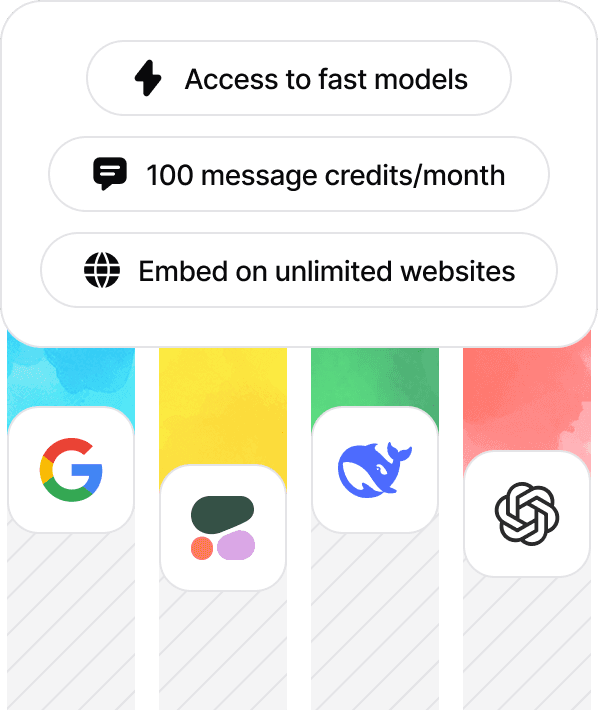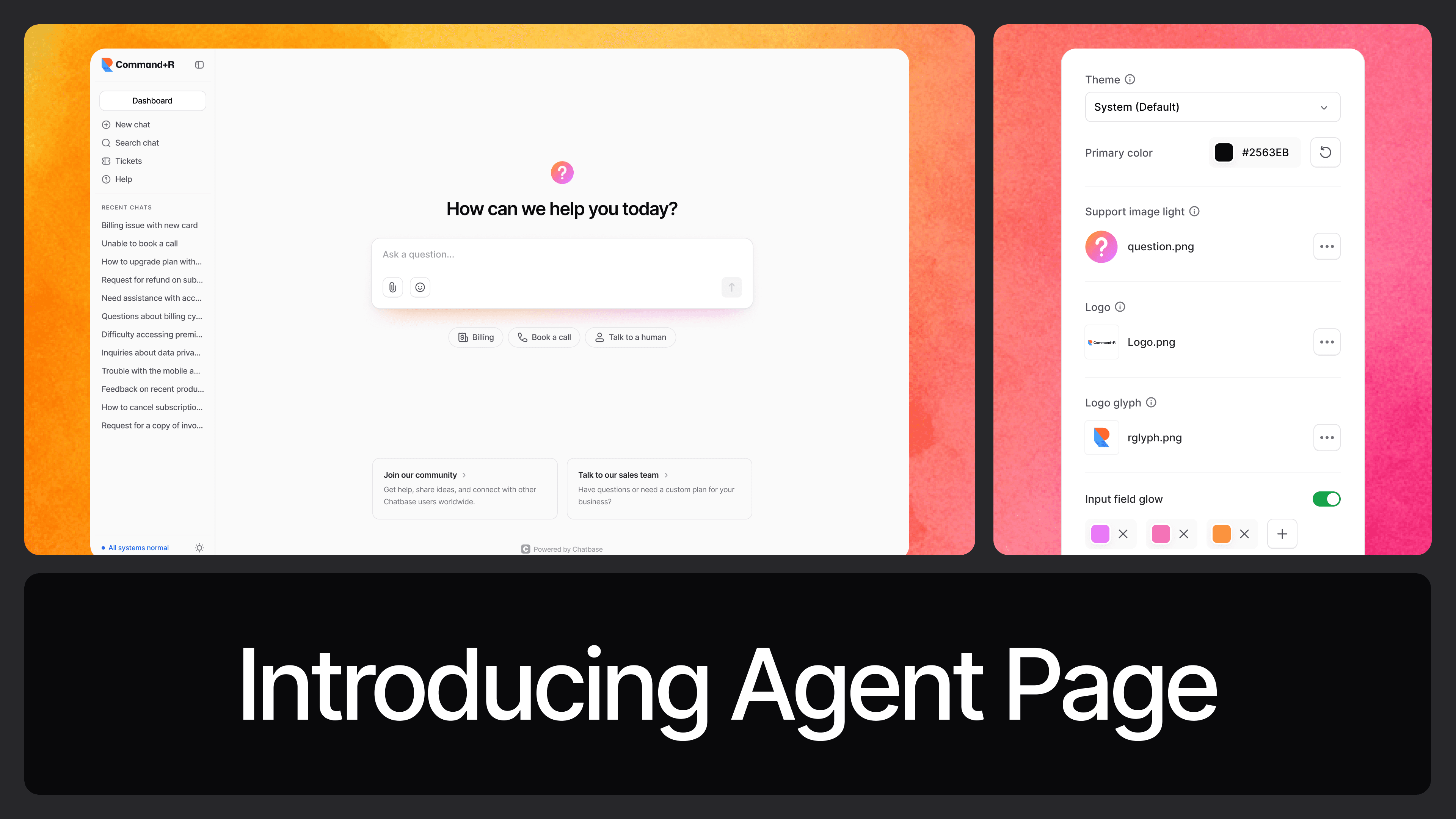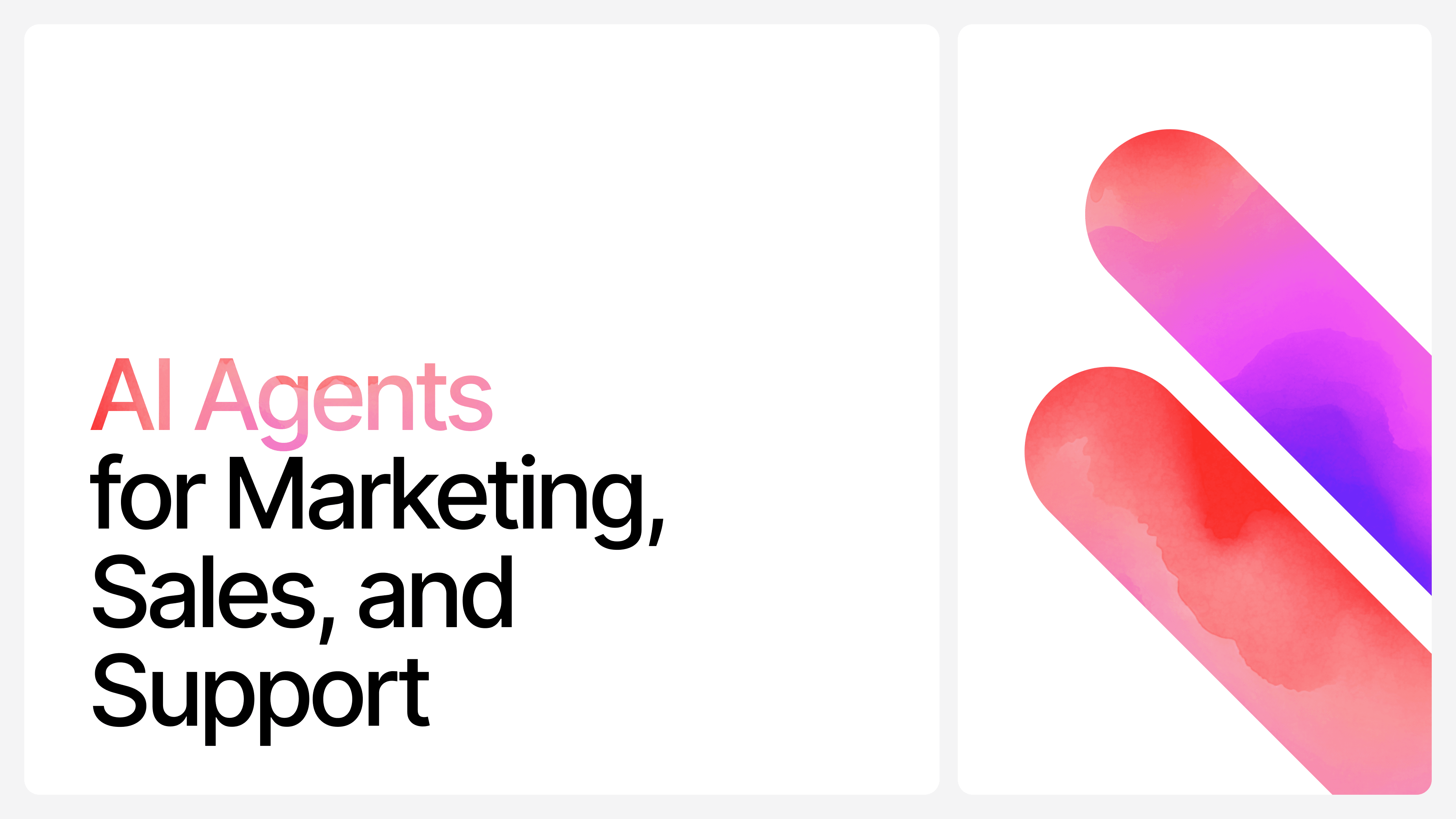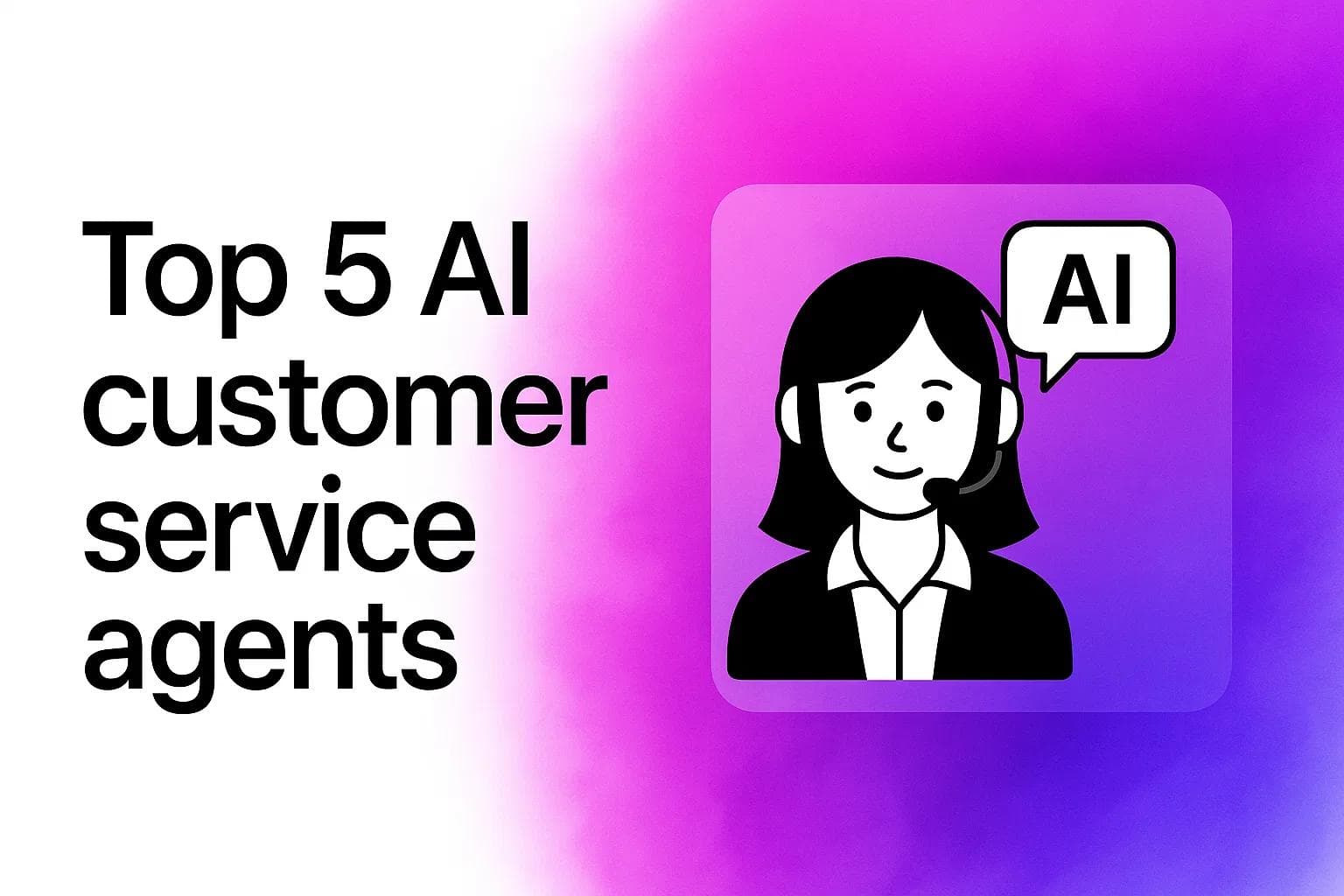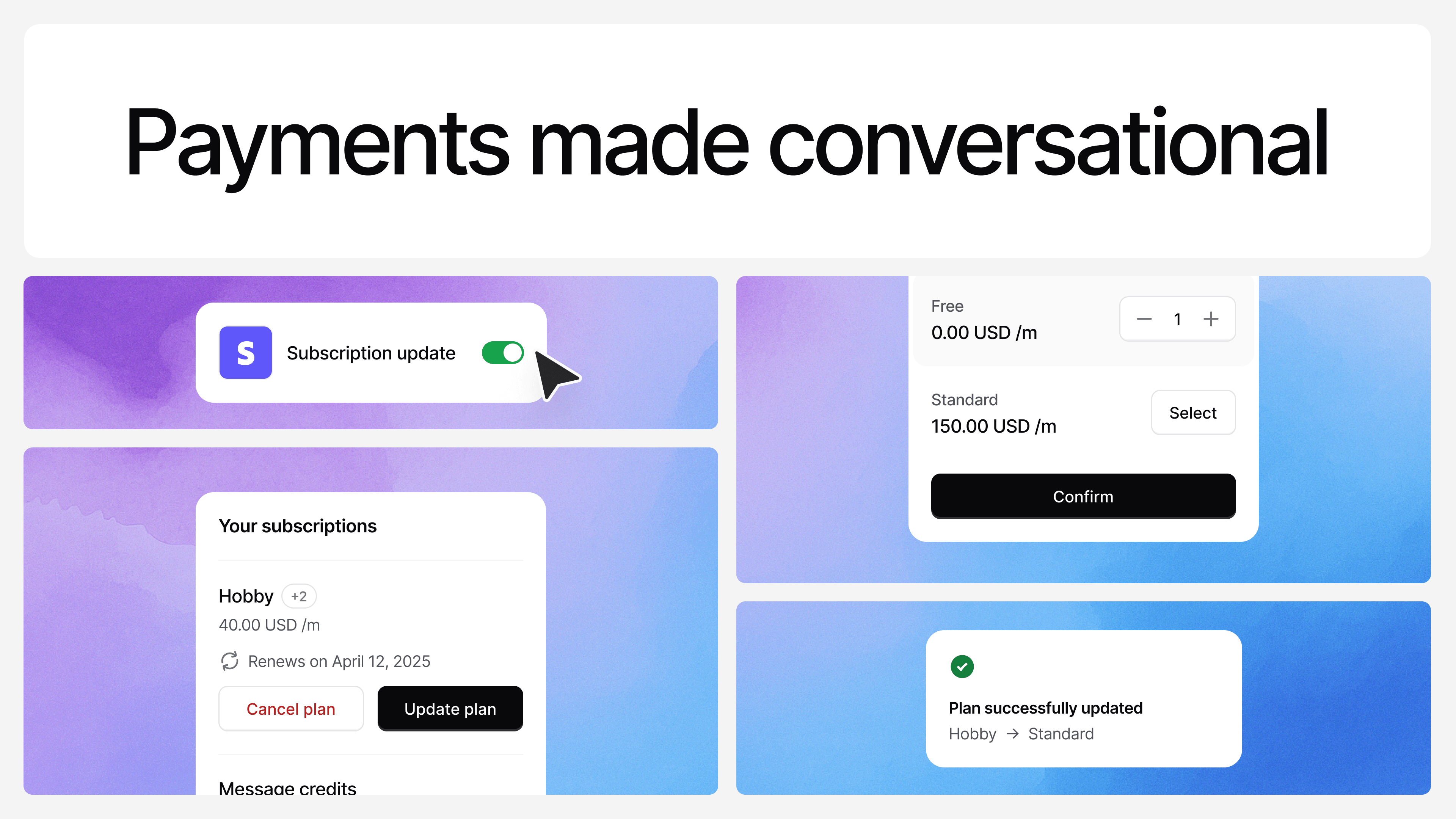Customer Support Vs. Customer Service: What's the Difference?
Max T
Jul 10, 2025
7 min read
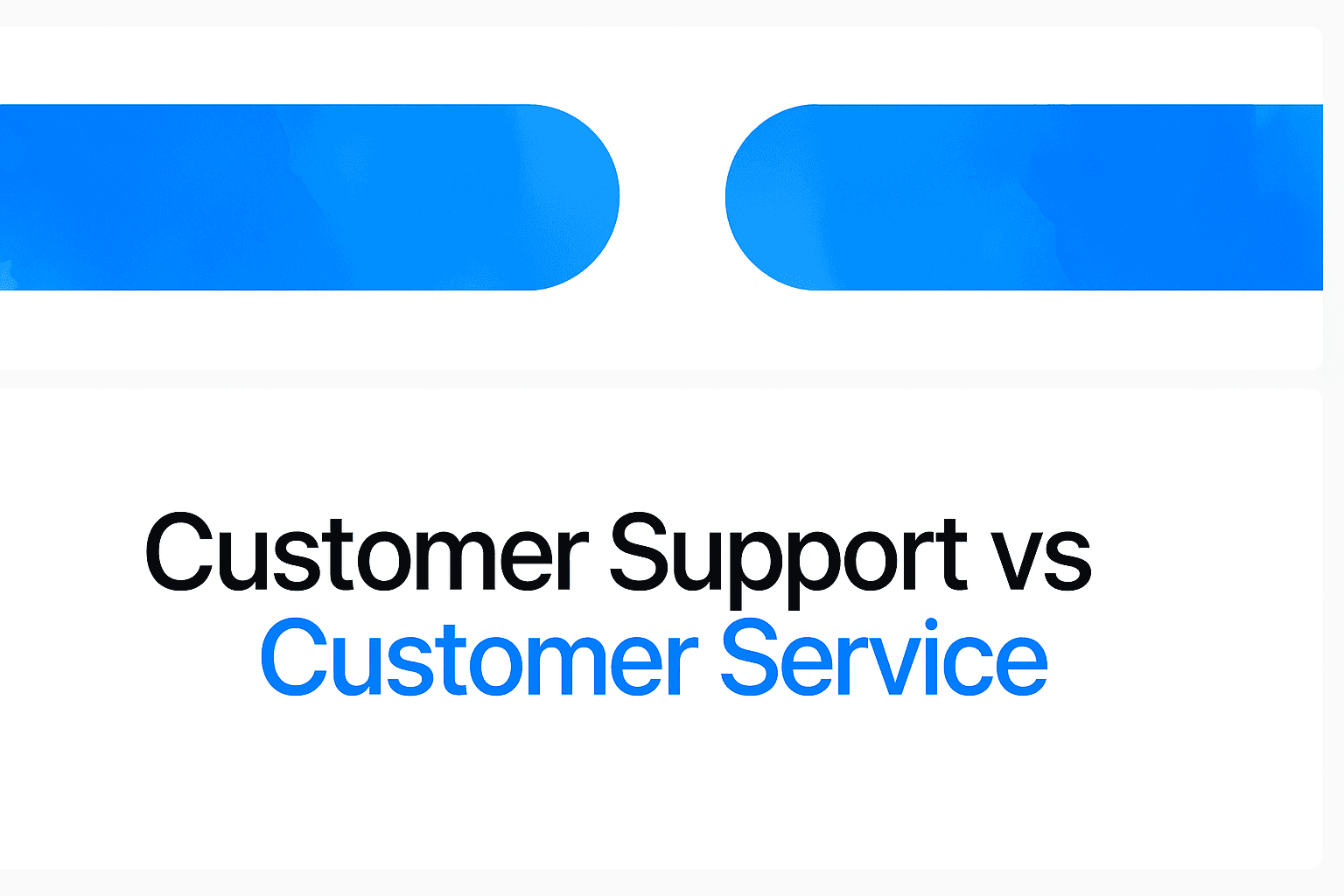
Customer Support vs. Customer Service: What’s the Difference?
It’s easy to lump “customer support” and “customer service” into the same bucket.
After all, both involve helping customers.
Both rely on similar tools: chat, phone, email, maybe even DMs on social.And both can make or break someone’s experience with your brand.
But here’s the thing: they’re not the same.
Customer service is the broader category, the umbrella.Customer support? That’s a specific function within it, usually tied to technical or product-related help.
Think of it like this:Customer service is helping a hotel guest check in smoothly and answering questions about local restaurants.Customer support is walking that same guest through how to connect to the hotel Wi-Fi when the sign-in page won’t load.
Different vibes. Different goals.
What is customer service?
Customer service is the catch-all term for everything your business does to help customers before, during, and after they interact with your product.
It is about creating a smooth, helpful, and positive experience throughout the customer journey.
Think of it as the human side of your business. Whether someone is asking about your return policy, needs help updating their shipping address, or just wants to know if a product is in stock, customer service is the team that handles it.
Here are a few things that typically fall under customer service:
- Welcoming and onboarding new customers
- Handling general inquiries via phone, email, or social media
- Managing billing or shipping issues
- Responding to reviews and collecting feedback
- Making product recommendations or upsells (when it makes sense)
- Guiding customers to the right departments or resources
Customer service agents are generalists in the best way. They understand the product well, they know the company inside out, and they’re trained to speak to customers across multiple channels.
They don’t usually go deep into technical problems; that’s more of a customer support thing (we’ll get there). But they do know how to de-escalate issues, keep the conversation friendly, and make sure the customer walks away happy.
Soft skills are everything here. Think empathy, active listening, clear communication, and a genuine desire to help. It’s not about reading from a script, it’s about meeting people where they are.
What is customer support?
Customer support is a more specific slice of the customer service pie.
While customer service covers the entire customer experience, customer support zooms in on helping users solve product-related or technical problems. It’s the kind of help you reach out for when something’s not working right, not just when you have a question.
You’ll find customer support roles most commonly in SaaS companies, tech platforms, eCommerce apps, and IT services, basically anywhere users need hands-on help to use a product.
Some examples of customer support in action:
- Troubleshooting an error message in a software dashboard
- Helping a user figure out why their login isn’t working
- Walking a customer through how to install an update
- Guiding someone through a multi-step setup process
- Creating or updating help docs and tutorials
- Reporting recurring issues to the product or engineering team
Unlike general service interactions, support conversations are often more technical and time-sensitive. Customers usually reach out with a specific issue, and expect someone who knows the product deeply to resolve it quickly.
Because of this, customer support agents tend to be product experts. They’re comfortable navigating the backend of tools, reading logs or system behavior, and collaborating closely with engineering or product teams.
But here’s the key: good customer support still requires great people skills. Just because it’s more technical doesn’t mean it should be robotic. The best support agents explain things clearly, stay calm under pressure, and never lose sight of the person behind the ticket.
Customer Service vs. Customer Support: Key Differences
Let’s look at how these two roles play out across different aspects of customer experience, using the same terms but unpacking the contrast a bit more clearly.
Focus
Customer service focuses on the relationship. It’s about making sure customers feel heard, cared for, and guided throughout their journey. Customer support, in contrast, focuses on the product. The goal is to solve technical problems and help customers get things working.
Type of Interaction
Service is often ongoing and sometimes even proactive. A rep might follow up after a purchase, share tips, or check in just to see how things are going. Support tends to be reactive. It happens when something breaks or the customer runs into a roadblock and needs help fast.
Industry
Customer service is everywhere: retail, hospitality, finance, healthcare, and more. Customer support shows up most in SaaS, tech, and digital product spaces where troubleshooting is part of the user experience.
Skillset
Service relies on soft skills like communication, empathy, active listening, and patience. Support builds on those same soft skills, but also requires technical proficiency and deep knowledge of how the product works.
Tools
Service teams use channels like email, phone, chat, and social media to assist customers. Support teams use those channels too, but also rely on technical tools such as internal dashboards, bug tracking systems, and product documentation.
Real-World Example
If a customer wants to update their billing info, that’s customer service. If they’re getting an error message while trying to do it, that’s customer support.
Both roles serve the customer. Both improve the experience. But they solve different types of problems, using different strengths.
How to Structure Both in Your Business
Understanding the difference between customer service and customer support isn’t just a vocabulary lesson. It can shape how you build your team, train your staff, and deliver value to your customers.
The key is knowing what your customers need, and when they need it.
If you're a SaaS or eCommerce business…
You’ll likely need both functions in place.
Your customer service team might focus on onboarding new users, managing account or billing questions, and collecting customer feedback.
Meanwhile, your customer support team is handling product-specific issues. That includes troubleshooting bugs, walking users through setup, and reporting usability issues to the product team.
These two teams shouldn't work in silos. The best businesses have them working together, passing insights back and forth, flagging issues, and sharing what customers are saying in real time.
If you're in retail, hospitality, or B2C…
You might not have a dedicated “support” team, but you’ll still want service agents who can handle basic technical or system-related issues when needed.
Training customer service reps to manage light troubleshooting tasks can go a long way. This is especially true if you rely on digital tools like Restaurant POS Software, CRMs, or self-service kiosks that occasionally run into issues. Empowering your team with basic troubleshooting knowledge helps reduce downtime and improves the overall customer experience.
You don’t need to choose between customer service and customer support — both are critical, and together, they create a stronger, more complete customer experience.
Customer service keeps the relationship strong. Customer support keeps the product running smoothly.
When you get both right? That’s when customers stick around.
Improve Customer Support and Service with Chatbase
Whether your customers need quick answers or technical help, Chatbase is built to handle both sides of the equation (customer service and customer support) all from one intelligent AI customer service platform.
With Chatbase, you can deploy smart, customizable AI chatbots that handle high-volume service interactions effortlessly. Think FAQs, order tracking, shipping updates, return policies, product recommendations; all covered 24/7 without burning out your human team.
But it doesn’t stop at service.
Chatbase agents can also go deeper, offering real-time customer support by connecting to your product data, surfacing documentation, and even taking specific actions like resetting a password, updating account details, or checking order status.
That means fewer tickets. Faster resolutions. And a support experience that scales with your business.
Ready to deliver better support and service?
Sign up for Chatbase today and give your customers the help they need — every step of the way.
Share this article:

